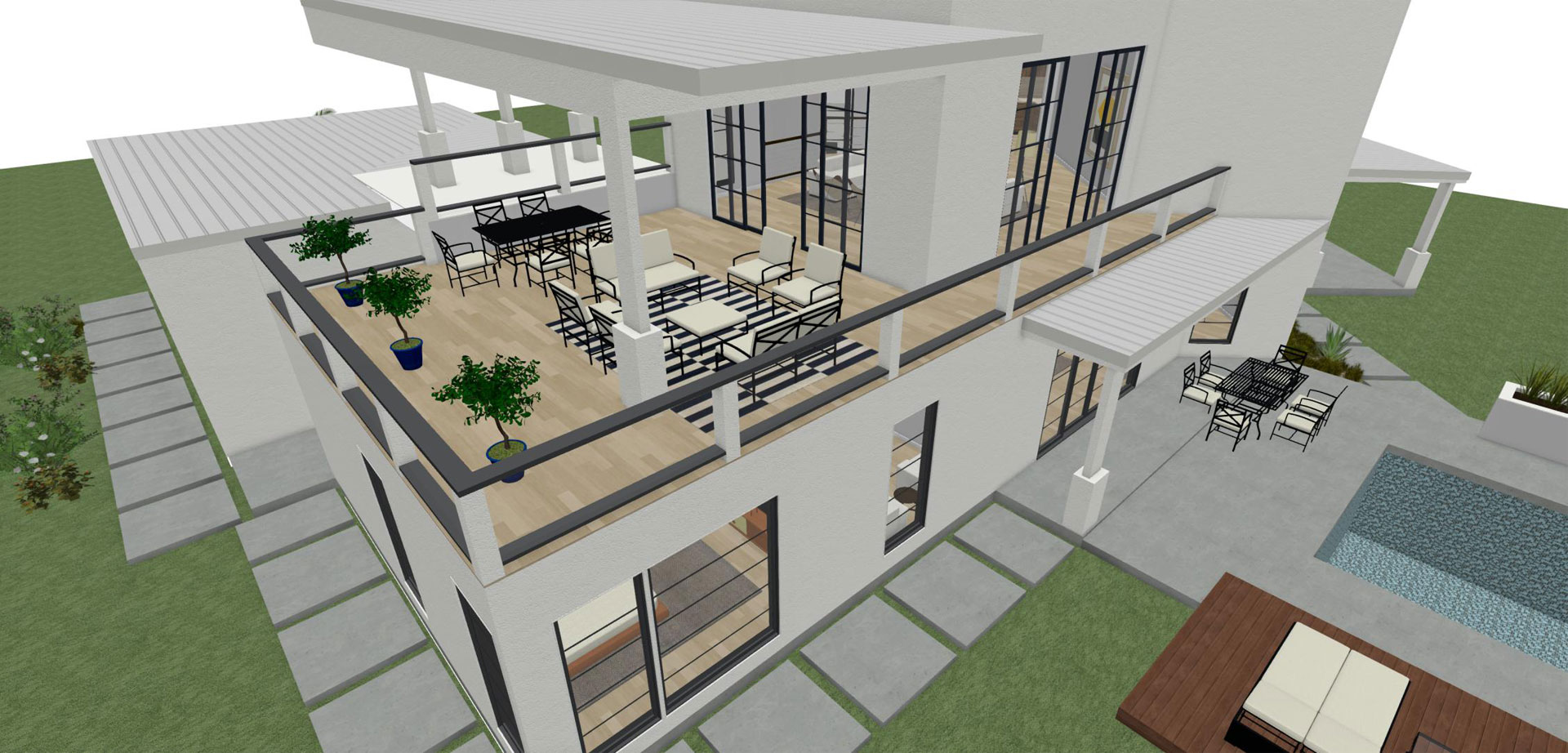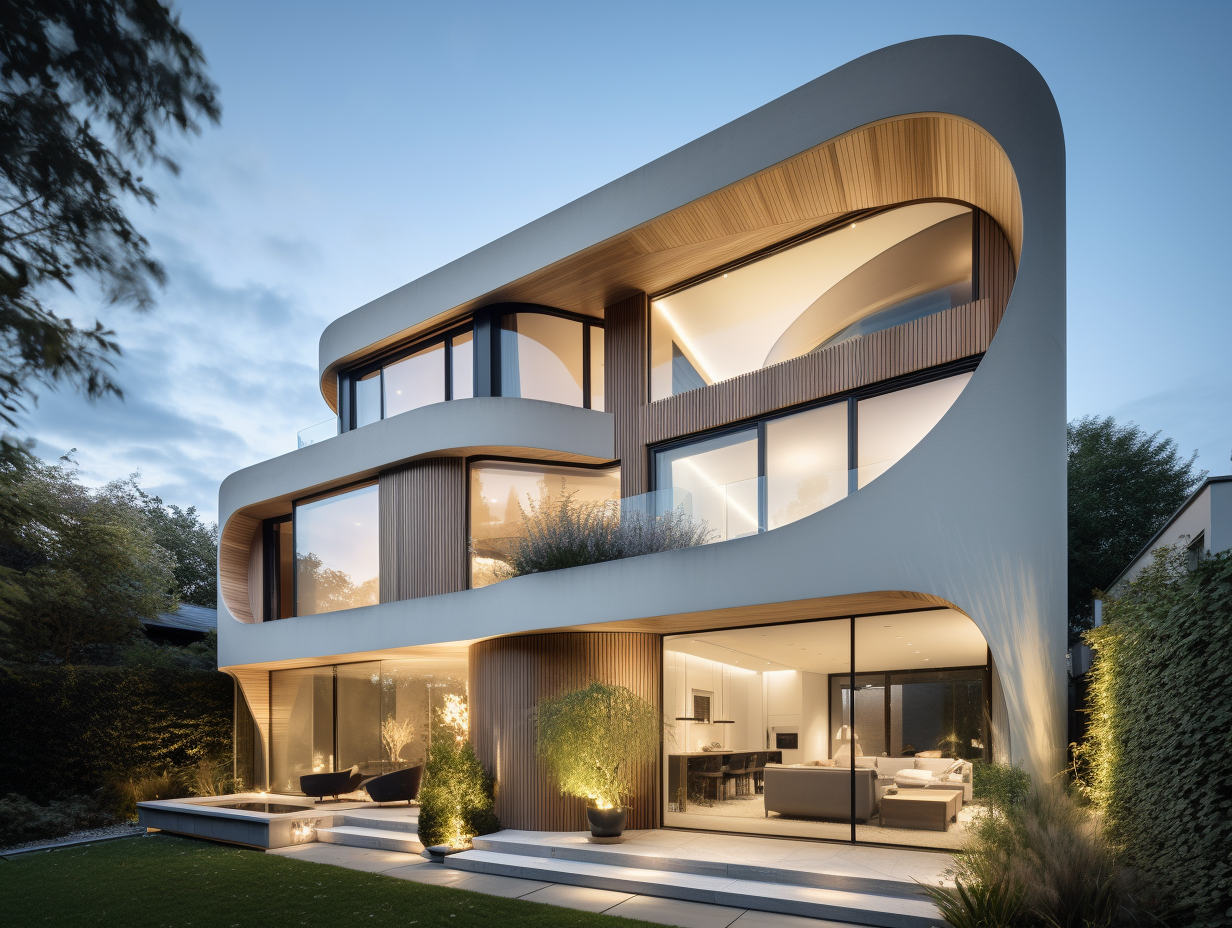How CDA Architects Supply Cutting-Edge Solutions for Lasting Architecture
A Thorough Overview of Architectural Styles and Their Impact on Modern City Preparation and Growth
Architectural designs have actually long worked as a mirror to the social values and technical advancements of their time, playing an important role in shaping modern city preparation and advancement. From the majesty of Neoclassicism to the practical strategy of Brutalism, each design has presented special ideas that affect city aesthetics and capability. As contemporary difficulties develop, consisting of sustainability and community requirements, recognizing these historical frameworks ends up being necessary. The resulting discussion not only notifies future style techniques yet likewise elevates relevant concerns regarding the balance between heritage and development in our progressing city landscapes.
Historical Review of Building Styles

As societies transitioned with the Middle Ages, Gothic architecture emerged, characterized by its verticality and complex outlining, matching the spiritual ambitions of the age. The Renaissance marked a rebirth of classical suitables, merging art and architecture in innovative ways that influenced succeeding styles throughout Europe.

Today, architectural styles remain to develop, driven by globalization and sustainability concerns, mirroring a dynamic interaction in between heritage and advancement. This historical summary highlights the relevance of design as a mirror of societal development and as a stimulant for metropolitan development.
Trick Architectural Styles Explained
The diversity of building styles shows the myriad influences that form our constructed atmosphere, each personifying distinct attributes and social relevances. Secret architectural styles include Timeless, Gothic, Baroque, Innovation, and Postmodernism, each representing distinct historical contexts and aesthetic ideologies.
Timeless architecture, rooted in ancient Greece and Rome, highlights symmetry, percentage, and the use of columns (cda architects). In comparison, Gothic design, flourishing in the center Ages, is defined by pointed arches, ribbed safes, and flying buttresses, producing a heavenly high quality in cathedrals. Baroque style, arising in the 17th century, is noted by grandeur, intricate embellishment, and a vibrant interplay of light and darkness
Innovation, which gained energy in the early 20th century, prioritizes function over kind, using brand-new products like steel and glass to develop minimal frameworks. Postmodernism, reacting against the austerity of Modernism, embraces eclecticism and historical referral, typically integrating playful components and paradox.

Effect On Urban Preparation
In forming the advancement of cities, architectural styles dramatically influence urban planning decisions. The choice of architectural style often dictates the appearances, capability, and total personality of metropolitan settings.
Additionally, architectural designs can affect zoning regulations and land use plans. Urban organizers need to consider the prevailing architectural fads when designing areas, guaranteeing that new developments integrate with existing frameworks. This consideration fosters cohesive city landscapes and enhances community identification.
The application of details architectural styles can likewise affect socioeconomic elements within a city. High-end modern layouts might draw in wealthy citizens and businesses, leading to gentrification, while extra inexpensive housing solutions might prioritize practical and sustainable designs to accommodate diverse populaces. cda architects. Ultimately, the interplay in between architectural designs and metropolitan planning develops dynamic cities that mirror both historic context and modern demands, shaping the lived experiences of their occupants
Sustainability and Modern Architecture
Architectural styles play a critical function in attending to modern challenges, particularly in the world of sustainability. As urban areas broaden and environmental worries magnify, contemporary design increasingly accepts sustainable style principles that prioritize energy effectiveness, source preservation, and marginal ecological impact.
Contemporary building motions, such as biophilic layout and eco-friendly architecture, advocate for frameworks my response that balance with their environments, using natural products and advertising biodiversity. These styles commonly incorporate sustainable power resources, such as solar panels and wind generators, to reduce reliance on nonrenewable fuel sources and lower carbon impacts.
Furthermore, the assimilation of innovative innovations, such as smart structure systems, improves power management, enhancing source usage while making sure owner comfort. Ingenious water management strategies, consisting of rainwater harvesting and greywater recycling, additional add to lasting metropolitan atmospheres.
Notably, sustainability prolongs past environmental concerns; it encompasses social and economic dimensions. By promoting neighborhood well-being and advertising inclusivity, modern building designs straighten with sustainable advancement objectives. As a result, the development of architectural methods proceeds to shape durable cities that not just fulfill the demands of the here and now but additionally safeguard the future for generations to find.
Area Involvement in Style
Neighborhood interaction in design works as an important bridge in between designers and the populaces they offer, making certain that the built atmosphere mirrors the demands and ambitions of its customers. This collective procedure welcomes community participants to contribute their insights and preferences, cultivating a feeling of possession and duty towards the spaces they inhabit.
Effective neighborhood engagement uses various techniques, such as workshops, surveys, and public forums, to gather diverse viewpoints. These strategies help with a two-way dialogue, permitting architects to comprehend regional contexts while encouraging homeowners to articulate their problems and needs. This inclusivity not just improves the style high quality yet likewise advertises social equity by attending to the distinct challenges faced by marginalized groups.
In addition, community interaction can result in ingenious options that could not arise in a typical layout procedure. By integrating local knowledge and social values, architects can develop areas that resonate even more deeply with individuals, enhancing functionality and sustainability. Ultimately, prioritizing area involvement in style procedures causes settings that support social interactions, assistance wellness, and reinforce area connections, consequently playing a crucial role fit modern metropolitan landscapes.
Verdict
Architectural styles have profoundly influenced modern city planning and advancement, reflecting progressing social and technological contexts. As cities proceed to expand and adjust, the continuous dialogue in between this content building heritage and modern design principles will stay important in producing inclusive, lively spaces that enhance high quality of life and promote social equity.